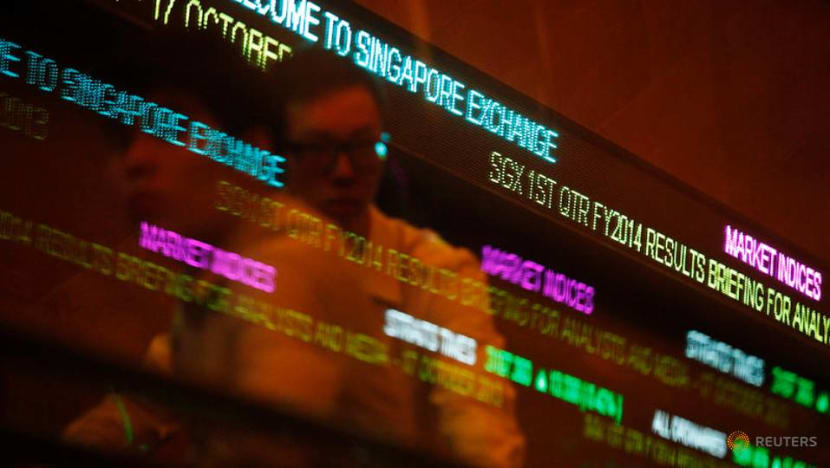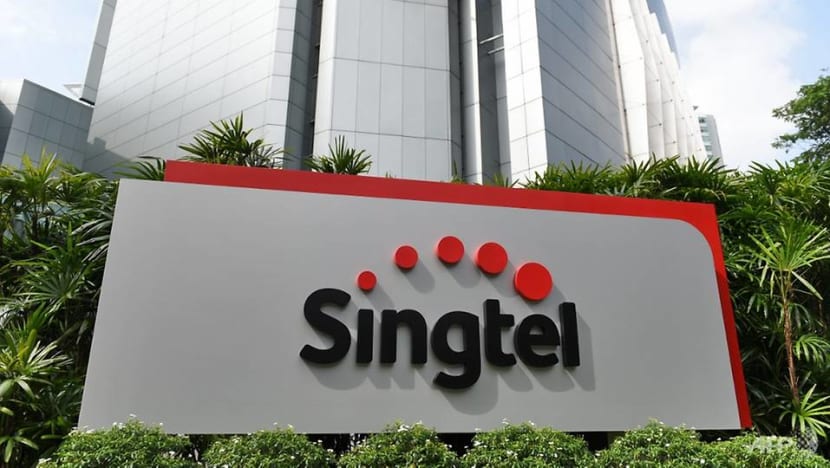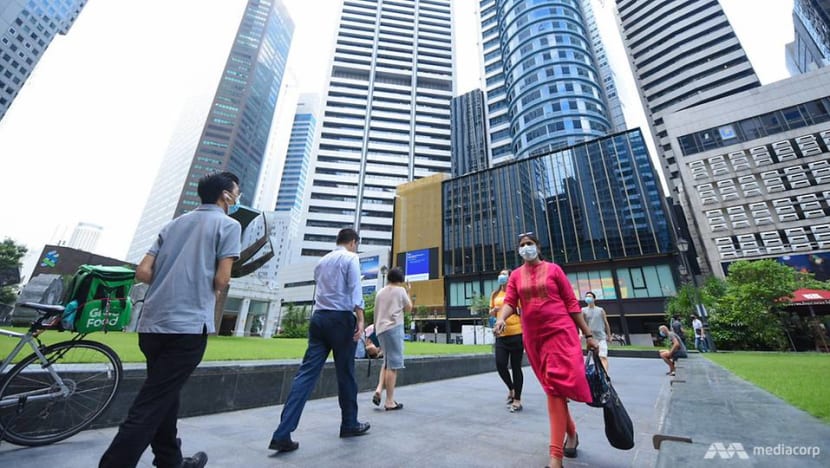commentary Commentary
Commentary: SGX sees boom in retail investments. But can it last?
The last time the Singapore stock market saw such a major surge in retail participation was probably during the 1993 initial public offering (IPO) of Singtel, says Kenneth Lim.

File photo of the SGX building (Photo: Jeremy Long)
SINGAPORE: The Singapore Exchange (SGX) is witnessing a strong retail boom during the COVID-19 pandemic that is helping to drive up liquidity and profits.
The last time the Singapore stock market saw such a major surge in retail participation was probably during the 1993 initial public offering (IPO) of Singtel, which gave many Singaporeans their first exposure to the stock market.
The 2020 retail rush is taking place under very different circumstances, however. The current influx of retail money could yet turn into a source of excessive speculation and volatility, and is unlikely to be a game changer for SGX.
As with most sectors of the economy during this historic global pandemic, how Singapore manages the outbreak is the largest determinant of the outlook for Singapore’s stock market operator.
SURGE IN INTEREST
Retail interest in the Singapore stock market has taken off in the first few months of 2020. Since Jan 6, Singapore-listed stocks have received a net increase of S$6.8 billion of retail funds, according to SGX data.
That has more than offset the net outflow of S$5.7 billion from institutional investors. By contrast, retail net outflow between Sep 30 and Dec 30 last year, was about S$189.9 million, while institutional net outflow was about S$41.9 million over the same period.
READ: Commentary: The biggest shock from COVID-19 will be felt on the US dollar
The increase in retail interest in Singapore’s equity markets has been a boon for SGX by most metrics.
The average daily turnover of securities on SGX for each month of 2020 so far has represented an average increase of about 48 per cent from a year earlier, and in June stood at S$1.7 billion.
The mean year-on-year increase in average daily turnover in the last six months of 2019 was just 4.5 per cent.
The increased trading activity has lifted SGX’s bottom line. For the three months ended March 2020, net profit rose 38 per cent to S$137.5 million. SGX will report its full fiscal year results on Jul 30.
The benefits are more profound than higher earnings. Stockbrokers told media in May that they were seeing a spike in new account openings from retail investors, as well as the reactivation of dormant accounts.
If these new participants remain active, they could continue to contribute liquidity to the market for years.

For SGX, this retail wave must seem like a flood after a drought. Improving retail participation has been one prong of many in the exchange’s strategy to reverse a long-term decline in market liquidity.
But despite heavy spending on initiatives — imposing a minimum allocation for retail in Mainboard IPOs, providing a free stock screening tool on its website and producing a regular series of articles about leading companies, for instance — SGX has until now had only limited success on the retail front.
THIS TIME IT’S DIFFERENT
It may be tempting to regard the current retail surge as a repeat of the Singtel IPO, a key milestone in the development of Singapore’s stock market that catalysed a surge in retail participation. But such a comparison may not be entirely appropriate.
When Singtel was privatised and listed on what was then the Stock Exchange of Singapore (SES) in 1993, it set aside shares to be issued to Singapore citizens at a discount. Another tranche of shares for Singapore citizens were sold in 1996.
READ: Commentary: Investors will soon struggle to find assets to put their cash in
For many Singaporeans at the time, Singtel was their first publicly listed stock. Largely due to the IPO, more than a million Singaporeans today own Singtel stock.
But retail investors who got Singtel’s shares at IPO joined the market at the start of a long economic bull run, between the 1991 Persian Gulf War and the 1997 Asian Financial Crisis. Today’s new retail accounts are being set up in the midst of a once-in-a-generation crisis.
Retail investors piling into equities at this moment are not so much buying on optimism about growth as they are taking a risk on equities because safer investments are offering dismal yields amid ultra-accommodative central bank policies
While the Singtel retail investors in 1993 had a long bull run ahead of them to reward their foray into the stock market, today’s new retail players are gazing into an uncertain future. Sell-side analysts have been calling for a bottom, but the fact is that institutional investors have yet to return.
The stock market has rallied in the United States, where the virus has not been contained; in China, fundamentals have not caught up with skyrocketing prices; and in Singapore, the Straits Times Index has gained 17.7 per cent since its March low.

The climbing stock prices in the face of historic economic disruption suggest that the greater risk is that of overconfidence among equity investors.
MUCH HINGES ON KEEPING COVID-19 IN CHECK
Moreover, markets have yet to fully face the full economic impact of the pandemic. As the pandemic continues to dampen overall demand and stifle trade, people will continue to lose income and jobs. Stocks will not seem as attractive under those conditions.
It remains to be seen whether SGX’s new retail investors will remain active if stock returns do not meet expectations.
SGX is not the only stock exchange in the region to see a retail surge either. Retail participation in Malaysia has also increased this year. In Hong Kong, trading turnover and market velocity are up.
The influx of retail activity is unlikely to give SGX much of a leg up against its rivals when everyone else seems to be surfing the same wave.
READ: Commentary: To save its markets, Hong Kong needs to rely on China
What might actually set SGX apart, though, is Singapore’s ability to manage the virus.
In the short term, having the virus under control within Singapore’s borders will help the country’s capital markets to get back on track. Retail liquidity is usually great, but in these times it is also highly opportunistic and speculative.

A stock market backed by a functioning, largely virus-free economy is significantly more attractive to a potential issuer and to risk-sensitive institutional investors than a stock market in a country still struggling with the virus.
There are good and large companies, especially in the tech sector, in the region that are in the IPO pipeline. Singapore has a chance to snag some of these if it plays its cards right.
In the longer term, confidence in Singapore’s crisis management will help to strengthen the country’s status as a safe haven for assets.
READ: Commentary: The next tech crash is around the corner thanks to COVID-19
Whether Singapore can pull ahead of its rivals on this front remains to be seen.
While the country’s pandemic response was laudable at the start of the outbreak, it has also had some missteps, especially in the handling of the spread among foreign workers. Community cases have also started to creep higher after social distancing rules were relaxed.
Singapore’s handling of this new phase of the pandemic will be closely watched by investors as it is also likely to have an impact on the health of our stock markets.
Kenneth Lim is a writer who has been covering capital markets in Singapore and the United States since 2003.















